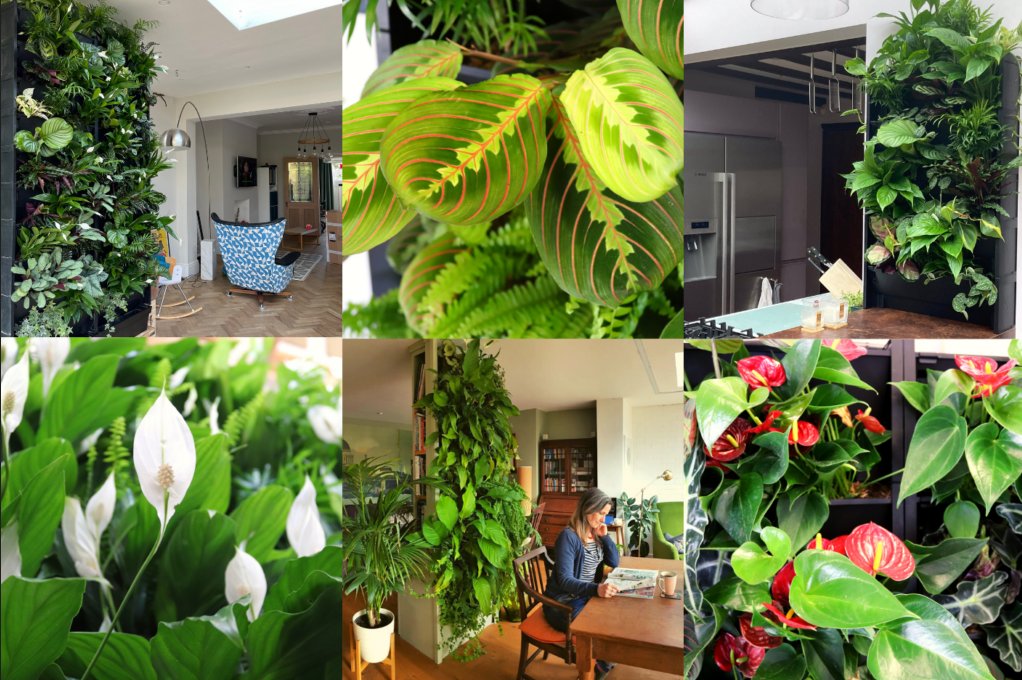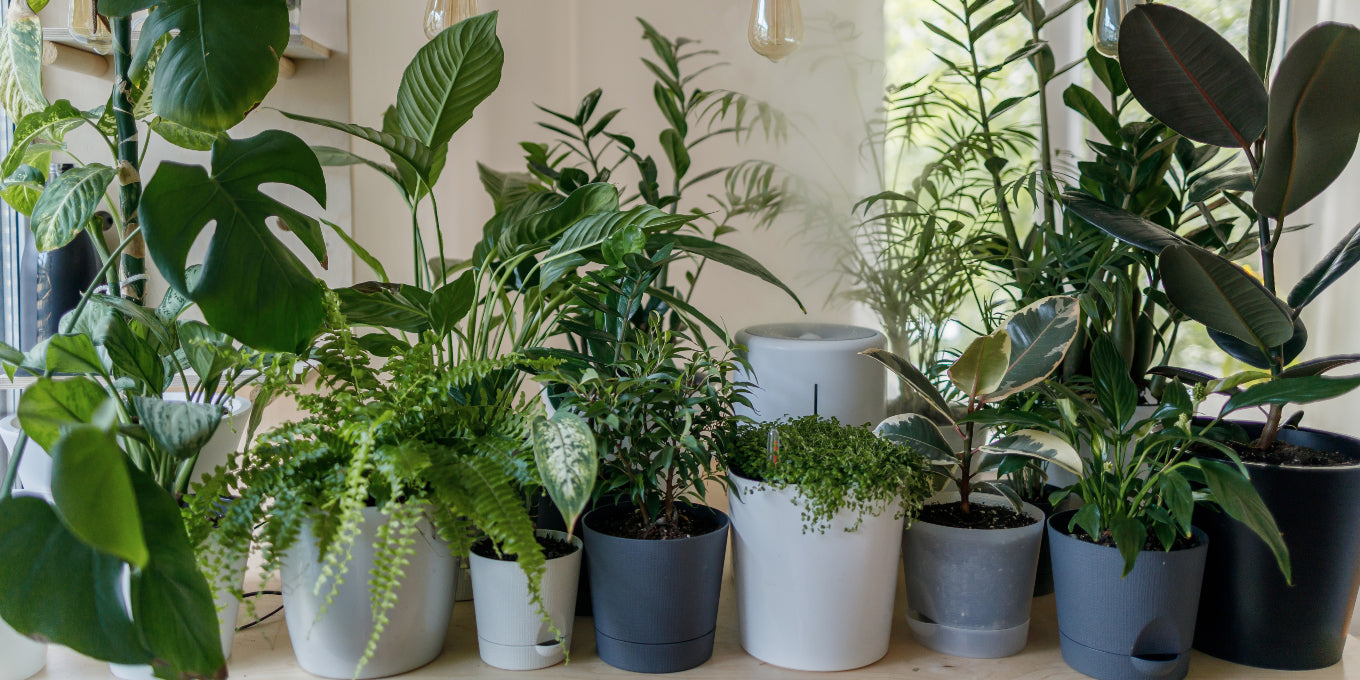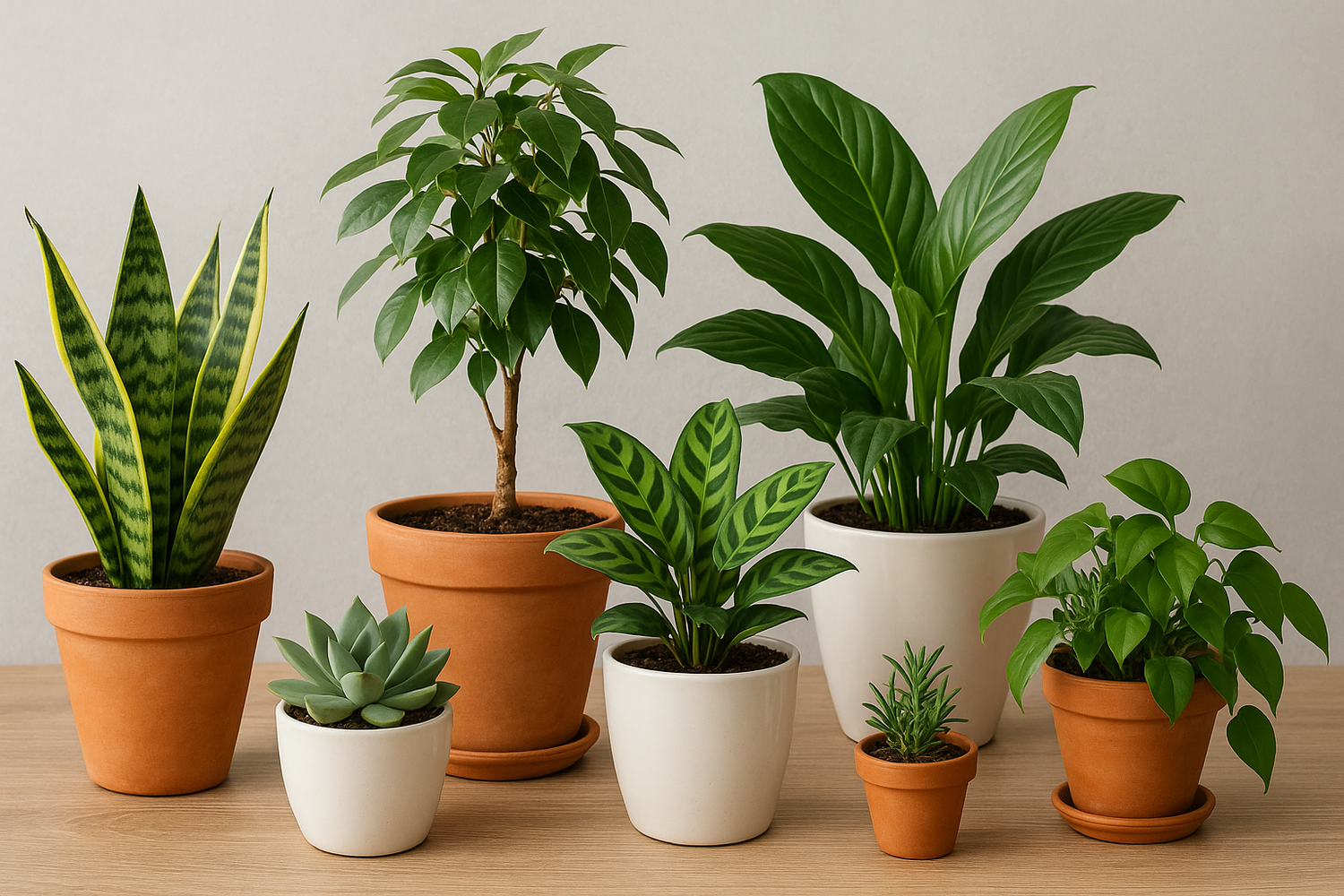When it comes to enhancing the aesthetics and functionality of your space, green walls and traditional gardens each offer unique advantages. However, choosing between them can be tricky, especially if you're considering factors like available space, climate, and maintenance requirements. In this article, we will explore the differences between green walls and traditional gardens to help you decide which one is best for your needs.
What Is a Green Wall?
A green wall, also known as a living wall, is a vertical garden that consists of plants growing on a structure that can be attached to a wall or standalone framework. Green walls typically use a modular or hydroponic system to support plant growth, offering a modern, space-saving solution for urban environments. They’re ideal for areas where horizontal space is limited or when you want to add greenery without taking up valuable ground space.
What Is a Traditional Garden?
A traditional garden involves planting on the ground, typically in soil or raised beds. It can include a wide range of plants, from flowers and shrubs to vegetables and herbs. Traditional gardens can vary in size, from small balcony gardens to expansive backyard spaces, offering endless possibilities for customization and design. Unlike green walls, traditional gardens rely on horizontal space for plant growth.
Key Differences Between Green Walls and Traditional Gardens
1. Space Efficiency
One of the biggest advantages of green walls is their ability to maximize vertical space. In urban environments where horizontal space is scarce, green walls are the perfect solution to bring greenery to your home or office without using up valuable ground area. On the other hand, traditional gardens require ample space for planting, making them more suited for larger areas such as backyards or rooftop terraces.
In cities like Dubai, where space is limited, green walls can offer a practical solution to enhance your home’s aesthetic without compromising on space. Whether it's a small apartment or a commercial building, green walls fit seamlessly into compact environments.
2. Aesthetic Appeal
Both green walls and traditional gardens contribute to the aesthetic value of a space, but they do so in different ways. Green walls create an impressive, modern look, often serving as a bold focal point in any room or exterior. With their lush greenery and vibrant plants, they instantly turn bland walls into living pieces of art. Whether you choose climbing plants like jasmine or colorful flowers like bougainvillea, green walls offer a dynamic visual appeal.
Traditional gardens, on the other hand, provide a more natural, organic aesthetic. They allow for a greater variety of plant choices and can be designed in various styles, from formal flower beds to wild, untamed gardens. The flexibility of traditional gardens makes them perfect for those who prefer a more personalized or eclectic design.
3. Maintenance Requirements
When it comes to maintenance, green walls can be more demanding than traditional gardens. Green walls require specialized systems, including irrigation and support structures, which can increase installation and upkeep costs. However, many green walls come with automated irrigation systems, making maintenance easier over time. That said, regular checks for plant health and the occasional pruning or cleaning of the wall are essential.
Traditional gardens can also require significant maintenance, especially in the hot and arid climates of places like Dubai. In traditional gardens, you’ll need to regularly water your plants, weed the soil, and ensure proper sunlight and air circulation for plant growth. For larger gardens, this can mean more time and effort compared to the relatively low-maintenance nature of green walls, particularly when drought-tolerant plants like succulents are chosen.
4. Water Efficiency
In dry climates like Dubai, water conservation is a key concern when choosing between green walls and traditional gardens. Green walls can be more water-efficient if equipped with an effective irrigation system. The use of hydroponic or modular systems ensures that water is delivered directly to the plant roots, reducing water wastage and evaporation. This makes green walls an excellent choice for arid climates where water usage needs to be minimized.
Traditional gardens, particularly those with large lawns or plants that require frequent watering, can lead to higher water consumption. While xeriscaping (landscaping with drought-tolerant plants) can help reduce water needs, traditional gardens generally require more water compared to well-designed green walls.
5. Air Quality and Environmental Benefits
Both green walls and traditional gardens contribute to improved air quality by absorbing carbon dioxide and releasing oxygen. Green walls, with their vertical design, can provide the added benefit of reducing the heat island effect in urban environments. The plants on green walls act as natural insulators, cooling the air and reducing the need for air conditioning in hot climates like Dubai.
Traditional gardens also help cool the environment, especially if they include trees or larger plants. However, due to their horizontal spread, traditional gardens may not offer the same immediate cooling effect that green walls can provide, particularly in dense urban areas.
6. Cost Considerations
When it comes to cost, traditional gardens are often less expensive to set up than green walls, particularly if you're planting directly into the ground. The cost of soil, plants, and basic irrigation systems tends to be more affordable, especially for larger garden spaces.
In contrast, green walls can have higher upfront costs due to the need for specialized systems, structural support, and plants that are suitable for vertical growth. However, they can offer long-term savings on energy costs due to their natural cooling properties, particularly in hot climates like Dubai.
7. Climate Adaptability
The choice of plants for both green walls and traditional gardens depends heavily on the local climate. In hot, dry climates like Dubai, it’s important to select drought-tolerant plants for both options. Green walls are particularly well-suited to environments like Dubai because many can thrive with minimal water and can be designed with plants that are adapted to the harsh desert climate, such as succulents, bougainvillea, and jasmine.
Traditional gardens, on the other hand, might need more care in terms of irrigation and climate-specific adjustments. In Dubai, where rainfall is minimal, you may need to incorporate advanced irrigation systems or choose plants that can withstand the intense heat and dryness.
Which Is Right for You?
Deciding between a green wall and a traditional garden ultimately depends on your available space, budget, aesthetic preferences, and maintenance capabilities. If you have limited space or want to create a dramatic, modern feature in your home or office, a green wall may be the ideal solution. On the other hand, if you have the room and enjoy spending time outdoors cultivating a variety of plants, a traditional garden may be more suitable.
In regions like Dubai, green walls offer a great solution for maximizing space and minimizing water usage while still providing the beauty and environmental benefits of greenery. Whether you opt for a green wall or a traditional garden, both choices bring a touch of nature into your life, enhancing both your home’s appeal and its ecological footprint.





